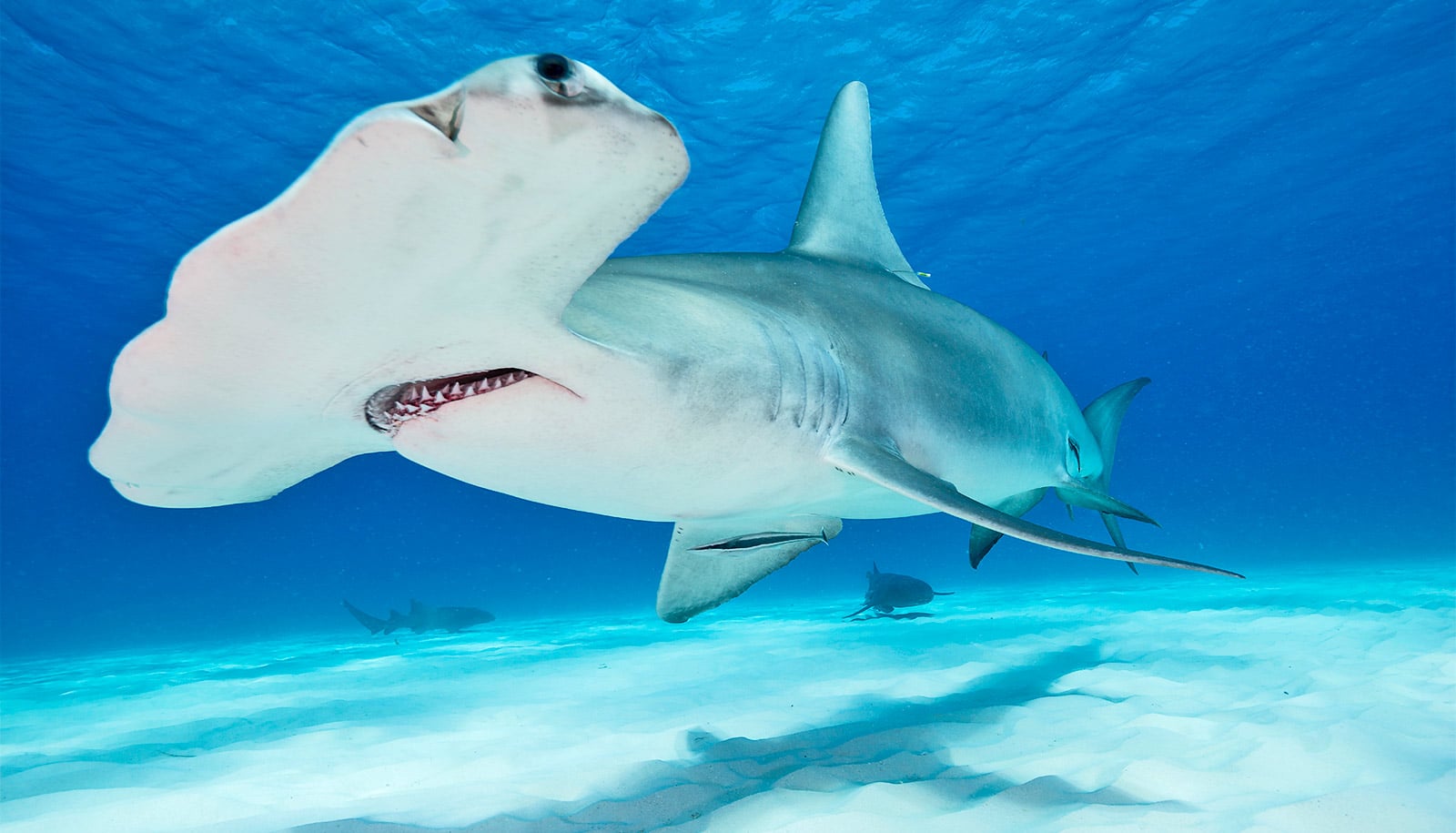Up to two-thirds of pregnancies of endangered southern resident killer whales fail, according to new research.
Published in PLOS ONE, the study helps resolve the debate about which environmental stressors— food supply, pollutants, or boat traffic—are most responsible for the struggling population’s ongoing decline.
“Based on our analysis of whale health and pregnancy over this seven-year period, we believe that a low abundance of salmon is the primary factor for low reproductive success among southern resident killer whales,” says lead author Sam Wasser, professor of biology at the University of Washington and director of the Center for Conservation Biology.
“During years of low salmon abundance, we see hormonal signs that nutritional stress is setting in and more pregnancies fail, and this trend has become increasingly common in recent years.”
Southern resident killer whales typically feed from May to October in the Salish Sea, and spend winters in the open Pacific Ocean along the West Coast. Unlike transient orca populations that feed on marine mammals, more than 95 percent of the diet of southern resident orcas consists of salmon, with Chinook salmon alone making up about three-quarters of their total diet.
Scientists already knew that the southern residents, just 78 individuals in December 2016, had a lower fecundity rate compared with orcas in northern British Columbia and southern Alaska.
But the data, gathered from 2007 to 2014, indicate that dwindling and variable salmon runs do more direct damage to the reproductive success of the southern resident population than increasing boat traffic in the Salish Sea. Impacts of nutritional stress on pregnancy failure are further compounded by the release of toxins, which accumulate in their fatty tissues.
Researchers measured the breakdown products of key physiological and sex hormones in orca fecal samples, or scat. They also used orca DNA extracted from the scat to determine sex, family pod, and identity of the individual responsible for the leavings.
Why whales (and women) live long after menopause
Obtaining fresh orca scat is no ordinary task. Through the Center’s Conservation Canines program, the team trained dogs to sniff out floating orca scat from the bow of research boats that trailed southern resident pods. The dogs could detect scat up to one nautical mile away. Using this approach, they collected 348 scat samples from 79 orcas between 2007 and 2014. On these fecal searches, the researchers also gathered extensive data on boat traffic in the area, which increased significantly during the study period.
The hormone levels they calculated from scat include progesterone, testosterone, glucocorticoid and thyroid hormone. Glucocorticoid and thyroid hormones play key roles in physiological stress responses—and determining levels of both hormones allowed researchers to differentiate between stress due to poor nutrition and stress due to external responses, such as boat traffic.
Online maps track where whales and dolphins go
The researchers used progesterone and testosterone levels in scat from females to determine reproductive state. They could even determine whether a pregnant female was in the early or later stages of the 18-month gestation period for orcas. They then correlated these data and the date of collection with calf sightings to determine whether each pregnancy was successful.
In total, these hormone data detected 35 unique pregnancies among southern resident females from 2007 to 2014. In 11 cases, the individual female gave birth and was seen with a calf thereafter. But in 24 cases—69 percent of total pregnancies—no live calf was subsequently seen, indicating that these pregnancies failed.
In most cases, the pregnancies likely ended during the first half of gestation. But in one-third of the failed pregnancies, hormone levels indicated that the calf was lost in the latter half of pregnancy or moments after birth—stages at which the mother has already invested significant resources and is at higher risk of infection or complications when a pregnancy fails. These females also showed signs of nutritional stress, with ratios of thyroid hormone relative to glucocorticoid hormone nearly seven times lower than females who successfully gave birth.
“These findings indicate that pregnancy failure—likely brought on by poor nutrition—is the major constraining force on population growth in southern resident killer whales,” Wasser says.
The team compared their hormone data to records of Chinook salmon runs in the Columbia and Fraser rivers, the two most significant sources of Chinook in the southern residents’ natural range. They saw that large runs at those watersheds coincided with periods of lower nutritional stress in the orcas. But in years with poor runs at either site, signs of nutritional stress were higher. Boosting Columbia River and Fraser River salmon runs could help the killer whales recover, Wasser says.
“As it stands now, the orca numbers just keep declining with no signs of recovery. We’re losing a valuable resource here.”
Other researchers from the University of Washington, the Center for Whale Research, and the NOAA Northwest Fisheries Science Center contributed to the work. Washington SeaGrant, NOAA’s Northwest Fisheries Science Center, the Canadian Consulate General, the UW Center for Conservation Biology, the Northwest Science Association, and the US Environmental Protection Agency funded the work.
Source: University of Washington



